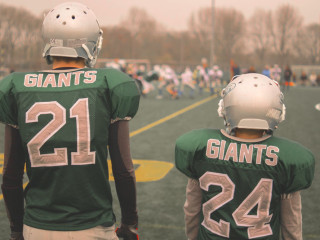New research published in the Journal of Neurotrauma provides compelling evidence regarding the long-term effects of concussion on the brain. The study compared the brains of athletes who had sustained concussions through sport with athletes who had not been injured in this way. The results are relevant and informative to all who have suffered a traumatic brain injury; they highlight the importance of moving forward with legislative initiatives such as Rowan’s Law, which will further protect those who engage in sport.
Rowan’s Law is named in honour of Rowan Stringer, a 17 year old high school rugby player who died from a brain injury caused by multiple concussions. Passed in June 2016, Rowan’s Law creates a committee that advises the Ontario Premier’s office on implementing the recommendations of the inquest into Rowan’s death. These recommendations include improvements to youth concussion safety education for parents, coaches, athletes, and teachers. The recommendations would establish concussion policies for Ontario school boards and sports associations. The advisory committee established by Rowan’s Law is expected to complete an implementation plan for these recommendations next year.
Mild forms of brain injuries are often described as invisible because they do not appear on traditional medical scans. Using advanced MRI techniques, the authors of the Neurotrauma study were able to make the once-invisible – visible. Quite notably, the study found that the brains of athletes who had a history of concussion had visible decreases in brain volume and blood flow as compared to those athletes who had not experienced concussion.
The study found evidence of “persistent reductions” to areas of the brain dedicated to memory, cognition, and perception, and observed differences in regions involved in emotion regulation. These findings lend credence to previous claims about the effects of concussion, and the authors suggest that further study should examine the correlation of behavioural consequences of brain injury.
Research will no doubt continue to lead to a much greater understanding of the long-term effects of traumatic brain injuries. Hopefully, the information will assist patients in visualizing and treating the long-term consequences of their brain injuries, whether sustained through sport or other type of personal injury.














